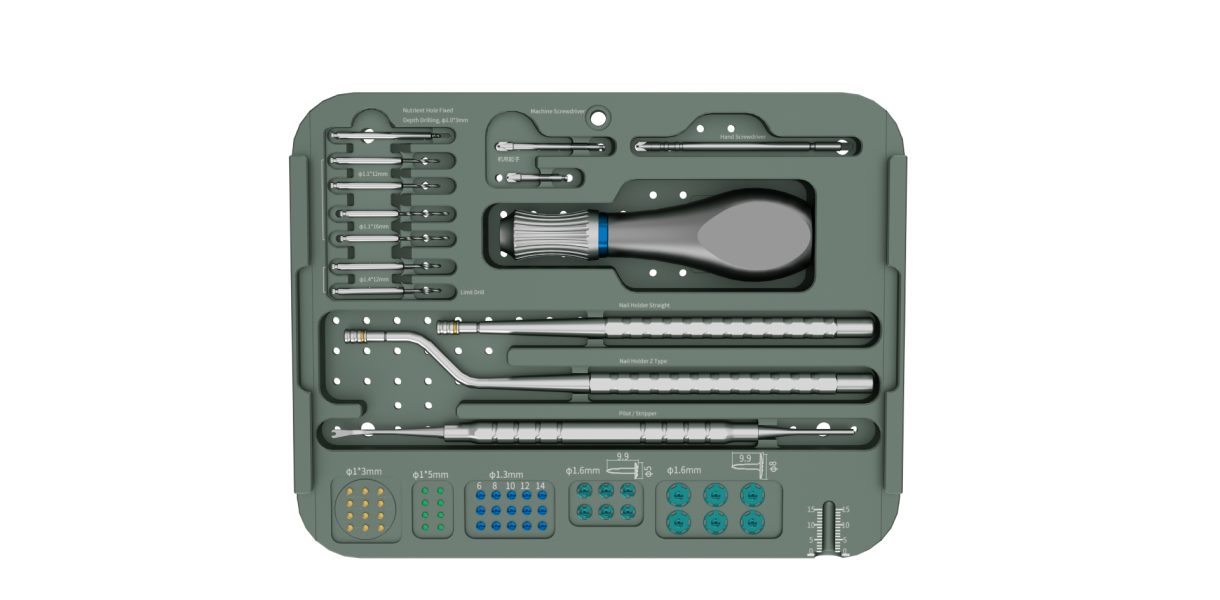Guided Bone Regeneration (GBR) is a surgical procedure used in dentistry and oral surgery to promote the growth and regeneration of bone in areas where it has been lost or is deficient. It is commonly employed in implant dentistry to create a stable foundation for dental implants, but it can also be used in other dental and maxillofacial procedures.
The GBR procedure typically involves the following steps:
- Surgical Access: The dentist or oral surgeon creates a small incision in the gum tissue to access the area where bone regeneration is needed.
- Bone Graft: If the bone loss is significant, a bone graft may be placed in the area. This can be a synthetic material, allograft (donor bone), xenograft (animal bone), or autograft (the patient’s own bone). The graft material provides a scaffold for new bone growth.
- Barrier Membrane: A barrier membrane made of biocompatible materials (often collagen or synthetic materials) is placed over the graft material. This membrane serves several important functions:
- It acts as a physical barrier to prevent soft tissue (gum) from growing into the area, allowing only bone cells to populate the site.
- It protects the graft and helps stabilize it.
- It creates a space where the body’s natural bone-forming cells can grow and regenerate.
- Suturing: The gum tissue is sutured closed over the graft and membrane.
- Healing Period: The patient is given time to heal, usually several months. During this time, the body gradually regenerates bone in the treated area, integrating the graft material and forming new bone.
- Follow-Up: After the healing period, the dentist or oral surgeon will assess the site to ensure that adequate bone regeneration has occurred. If necessary, further procedures may be performed to refine the bone shape or prepare it for a dental implant.
GBR is a well-established and successful technique for restoring bone in areas where it has been lost due to factors like tooth extraction, periodontal disease, or trauma. It allows for the placement of dental implants in cases where there would otherwise be insufficient bone to support them. The success of GBR depends on various factors, including the patient’s overall health, the quality of the graft material, and proper surgical technique.
Frequently Asked Questions
Can I eat after my guided bone regeneration procedure?
It’s best to avoid eating until the anesthesia has completely worn off to prevent inadvertently biting your lips, cheek, or tongue. Discomfort after the anesthesia wears off can be managed with over-the-counter or prescribed painkillers. Avoid aspirin and take medication as directed.
Is it normal to experience swelling after a guided bone regeneration procedure?
Yes, swelling is a natural response. You may also notice chapped or bruised lips or cheeks. Applying an ice pack for 20-minute intervals during the initial 24-48 hours post-surgery can help. Keep your head elevated above your heart to reduce swelling, which should subside after the third day. If you experience significant swelling, contact us promptly.
What should I eat after my guided bone regeneration procedure?
Stick to a soft food diet until your mouth has fully healed, and avoid chewing near the surgical area(s). Chew on the opposite side of your mouth and avoid biting into food if the procedure was performed at the front of your mouth. Steer clear of sticky, hard, spicy, or acidic foods during the healing process, and refrain from alcohol and tobacco use.
Can guided bone regeneration treat periodontal disease?
Absolutely. Traditionally, gum disease has been treated by addressing pockets, removing infected tissue, and reshaping uneven bone. Guided bone regeneration, also known as guided tissue regeneration, is a more advanced technique that not only stabilizes compromised teeth but also prepares the jaw for dental implants.
What are some of the benefits of guided bone regeneration?
As previously mentioned, guided bone regeneration stabilizes compromised teeth and readies the jaw for dental implants. Additionally, it can enhance natural aesthetics and, as the name implies, promote bone regeneration.



